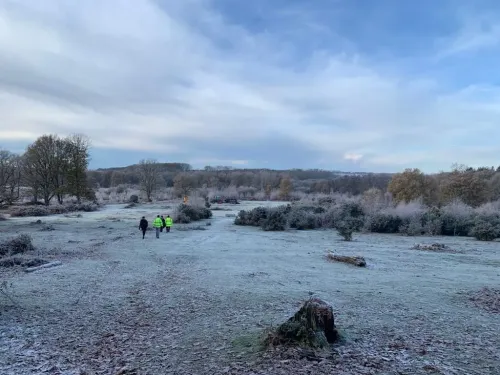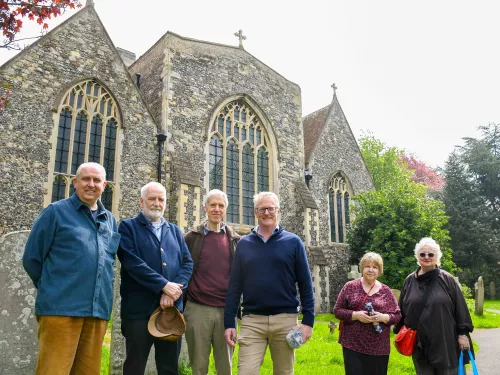
Winter wanderings on Hothfield Heathlands
Volunteer, Margery Thomas, explores winter on Hothfield Heathlands - one of Kent's last four valley bogs and one of its few remaining fragments of open heath.


Volunteer, Margery Thomas, explores winter on Hothfield Heathlands - one of Kent's last four valley bogs and one of its few remaining fragments of open heath.

At Kent Wildlife Trust, our volunteers are one of our most precious resources in the journey to create a #WilderKent. Without their passion, dedication, and tireless efforts, so much of what we achieve wouldn’t be possible.

A run down and overgrown medieval churchyard in Sandwich has been restored to a beautiful wildlife haven by a group of local volunteers who live locally and are part of the congregation at the church. In this amazing story, you'll hear from the people who…